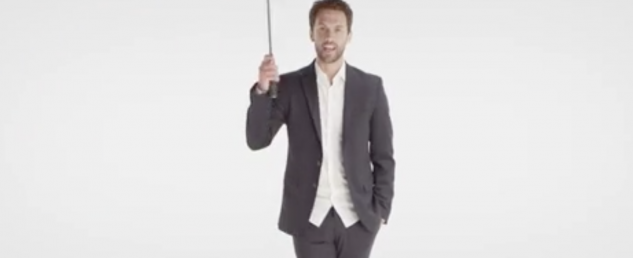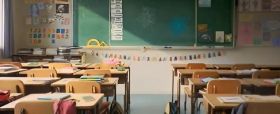La chronique de Mark Tungate: Weather forecasts from the cloud
Once upon a time, the only way to find out what the weather was doing was to check the forecast – or step outside. In both cases, apart from deciding what to wear, there were very few ways of taking advantage of the situation. In the digital era, however, weather forecasting has become a playground for brands. The “Weather to Wake” application from the New Zealand meteorological service is a perfect example. Aimed at outdoor sports fans – such as surfers – the application is linked to the morning alarm call on their phone. If the forecast suggests conditions are ideal for surfing, it prompts their alarm to ring. If the waves are flat, it lets them stay in bed. The agency was Y&R Auckland. Needless to say, almost every traditional weather service now has an app. Not least The Weather Channel, which according to this ad has an app for phones and smart watches: But enabling forward planning is the very least you can expect from a weather-related app. How about something that gives you a little bit extra? Enter McDonald’s, which placed an installation containing empty McFlurry dessert cups in Amsterdam’s busiest square. When the temperature beat the local record of 38.6 degrees, the installation opened. Customers could then grab a cup and go to fill it with a refreshing McFlurry, free of charge. Talking of refreshing, Budweiser gave users of a special app a discount on their beer, depending on how hot it was outside. When the thermometer hit 20° they got a free chilled pint. The ad from DDB UK was pretty cool too. DDB Stockholm came up with a weather-linked idea for the other end of the year – mid-winter. It placed a giant billboard for the “winter-adjusted” Volkswagen Passat in the middle of a frozen lake. The car’s discounted price would last until the ice melted and the poster sank. The billboard became the hub of a multi-media campaign. It seems that weather data is now impacting traditional advertising spaces. These banners for the National Basketball Association’s sports apparel collection magically change depending on the weather, enabling virtual window shoppers to see the right clothes for their climate. Other brands have deployed similar ideas. But the weather still has a human face – the TV weather forecaster, who can turn from hero to villain depending on the accuracy of their predictions. Del Campo Saatchi & Saatchi in Madrid took advantage of this idea to promote the Toyota Aygo convertible. It recruited weather forecasters and challenged them stand by their predictions. If they had predicted sun, they were forced to drive with the top down. Even if it was raining. Forecasters were also the “stars” of this campaign for Virgin Holidays, created by M&C Saatchi in the UK. Immediately after the genuine forecasters had dished out the usual deluge of atrocious British weather, fake (and rather stereotyped) overseas forecasters presented the fantastic weather at Virgin Holidays destinations. Since forecasters are flawed, maybe it’s best to take them out of the equation altogether? That’s the thinking behind this “crowd-sourced” weather app, Wezzoo. The only disadvantage is that it can only tell you what the weather is doing right now. Believe it or not, there are brands whose very identity is linked to inclement weather. Take Geox for example, which is extremely proud of its waterproof shoes. So much so that – thanks to agency SMFB – it made this poor guy walk around under a raincloud for seven days, just to prove its point. He seems to have remained quite cheerful, despite the fact that bad weather makes most people irritable. What drives them even more crazy, apparently, is finding that their satellite TV provider has dropped The Weather Channel. Better to keep cool, no matter what the temperature.



